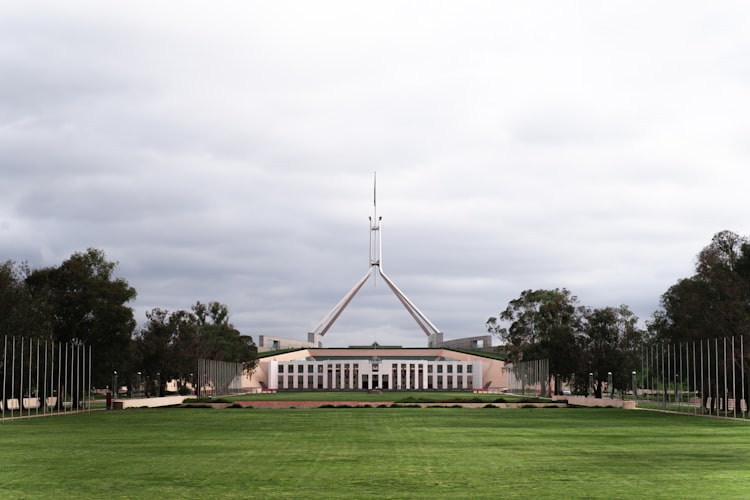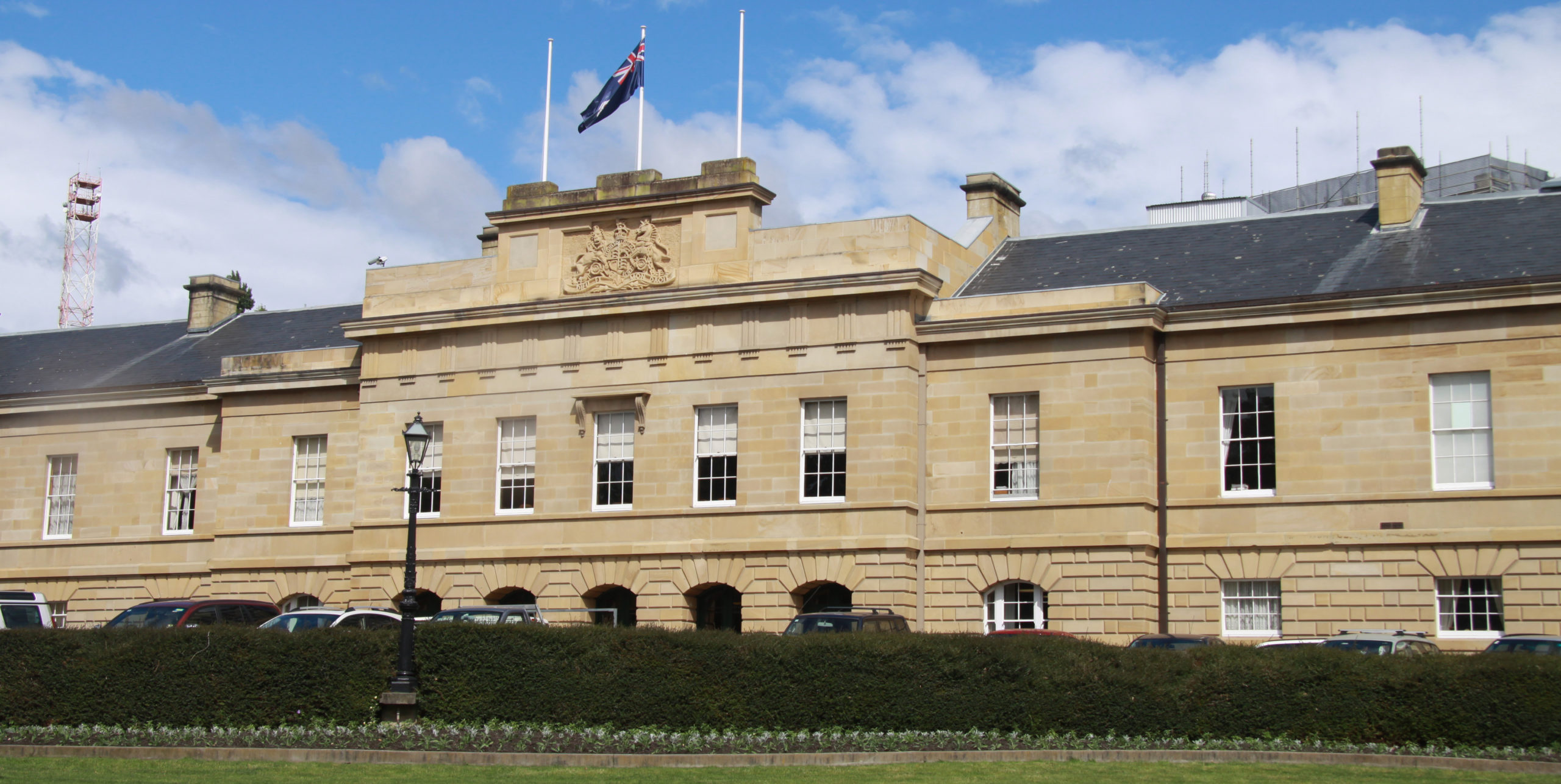New research being undertaken by Bolton Clarke and RMIT University seeks to improve outcomes for people with venous leg ulcers, a major source of pain and disability in Australia.
Venous leg ulcers affect about 1 per cent of Australians and healing rates can be poor. The Australian and New Zealand Society for Vascular Surgery suggests up to 50 per cent of venous ulcers remain present and unhealed for nine months.
Previous research by RMIT biomedical engineers, led by Professor Dinesh Kumar, has used a new imaging technique – narrow band imaging – to predict the healing of foot wounds in people with diabetes.
The current project, funded by Trajan Scientific and Medical, is building on that research with a focus on leg wounds and seeks to evaluate whether the same techniques can help predict which leg wounds caused by poor vein function will not heal as quickly as they should.
Bolton Clarke Research Institute Senior Research Fellow Dr Rajna Ogrin has been working with Senior Clinical Nurse Advisor Kylie Elder, Advanced Nurse Jacinta Anderson and Bolton Clarke clients on the project.
“Venous leg ulcers (VLUs) are the most common type of chronic wound in the community and are a major cause of pain and disability,” Dr Ogrin said. “If they are not treated using best practice, they may require hospitalisation and/or might not heal.
“Currently, we don’t have a quick and simple way to know which of these wounds will heal normally, and which ones may have delayed healing, or not heal at all.”
The research project trialled narrow band imaging on venous leg ulcers to see whether extra information captured in this sort of image could help predict which ulcers would heal and which may not.
“Narrow band images are just like normal photos except that instead of just three colour channels (red green and blue, RGB) the device takes a photo with up to 100 colour channels,” Dr Ogrin said.
“This reveals more information about the chemistry of the wound, which currently can only be found out with swabs and biopsies.
“The aim of this research is to develop a fast, computer aided, non-invasive test that will help healthcare providers decide the best form of treatment for a person with a venous leg ulcer and ultimately to help more people with these wounds to heal.”
Researchers captured images for 85 wounds for data analysis in 67 Bolton Clarke clients (with some clients having wounds present on the both legs). Clients had normal and narrow band imaging photographs taken at their first and four follow-up appointments, for a total of five images. They were then followed up for a further 12 weeks to see how many of their wounds healed.
The photographs and healing information are now being analysed using the RMIT purpose built proprietary analysis software by Professor Kumar.
Researchers identified challenges for application of the technology in the community care setting including the different light and temperature conditions in people’s homes.
“We anticipate findings being reported soon,” Dr Ogrin said. “The information we find out from the analysis of the images will help us better understand this technology, and whether it can be used to help us predict which leg ulcers will progress to healing and those who may need greater intervention at a much earlier stage.
“This could lead to better care for people with these kinds of wounds.”
August 17-23 is Wounds Awareness Week, encouraging greater awareness of the symptoms and impact of chronic wounds and the need for early detection.








